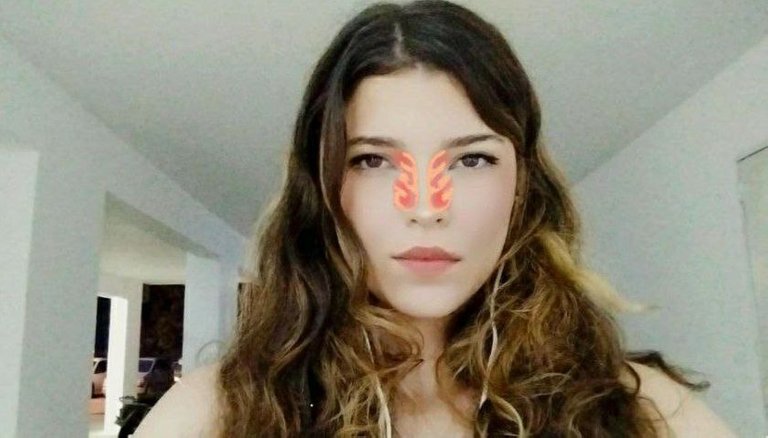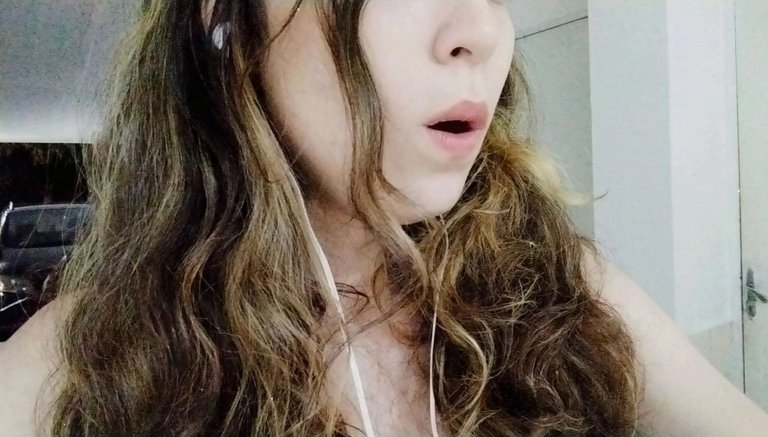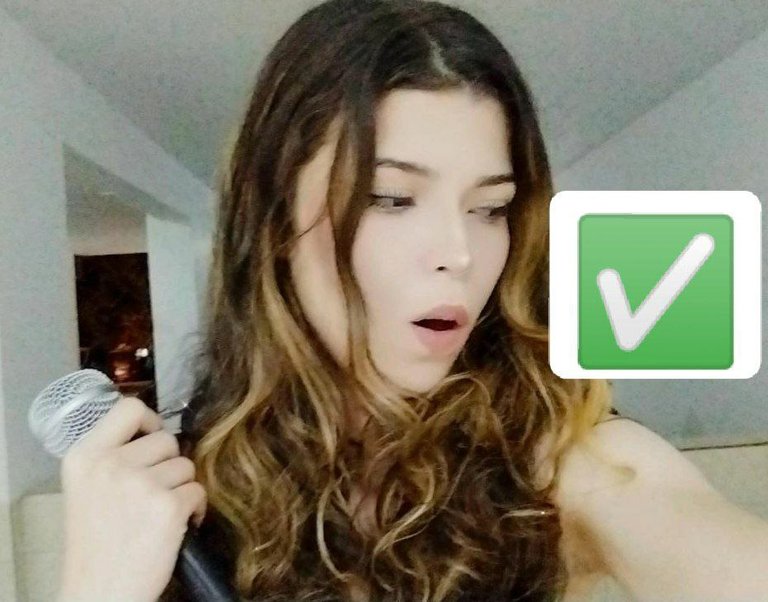Function of the nasal turbinates and technique to steal air. ESP / ENG
Al inicio de nuestro proceso de fonación solemos tomar el aire por nuestra nariz, esto es para que el aire no esté frío cuando pase por nuestra laringe. Existe una excepción para esta regla, y es cuando utilizamos la técnica de "robar aire", también tiene su truco y lo explicaré unos párrafos más adelante.
At the beginning of our phonation process we usually take the air through our nose, this is so that the air is not cold when it passes through our larynx. There is an exception to this rule, and it is when we use the technique of "stealing air", it also has its trick and I will explain it a few paragraphs later.

◣◥◣◥◤◢◤◢◣◥◣◥◤◢◤◢◣◥◣◥◤◢◤◢◣◥◣◥◤◢◤◢◣◥◣◥◤◢◤◢◣◥◣◥◤◢◣◥◣◥◤◢◣
Los cornetes son una parte importante en nuestro aparato fonador ya que funcionan para calentar, filtrar y humedecer el aire proveniente del exterior y que pasara posteriormente a los pulmones, produciendo así un menor riesgo para nuestras cuerdas vocales, un sonido más limpio y una presentación duradera al usar este aire, evitando incluso una posible ronquera.
Acá les dejo una imagen de como luce:
The turbinates are an important part of our phonatory apparatus since they work to heat, filter and humidify the air coming from the outside and that will later pass to the lungs, thus producing a lower risk for our vocal cords, a cleaner sound and a lasting presentation when using this air, avoiding even a possible hoarseness.
Here is a picture of what it looks like:

Poseen una base ósea esponjosa, y se trata de formaciones mucosas ubicadas en las partes laterales de nuestras fosas nasales.
They have a spongy bony base and are mucous formations located in the lateral parts of our nostrils.
◣◥◣◥◤◢◤◢◣◥◣◥◤◢◤◢◣◥◣◥◤◢◤◢◣◥◣◥◤◢◤◢◣◥◣◥◤◢◤◢◣◥◣◥◤◢◣◥◣◥◤◢◣
Lo mejor es desarrollar siempre técnicas para la buena administración de nuestro aire y el apoyo de nuestra columna de aire, técnicas sobre las cuales pretendo explayarme mas adelante, pero en caso de que no nos alcance este recurso fundamental es recomendable utilizar el comodín de "robar aire". Se trata de tomar aire por la boca, por contraindicado que esté, para salir de ciertos apuros.
¿Cómo podemos hacerlo?
Lo primero que les voy a decir es que coloquen sus labios en forma de aro.
The best is always to develop techniques for the good administration of our air and the support of our air column, techniques on which I will explain later, but in case this fundamental resource is not enough, it is advisable to use the wild card of "stealing air". This is to take air through the mouth, however contraindicated it may be, to get out of certain difficulties.
How can we do it?
The first thing I am going to tell you is to place your lips in the shape of a ring.

◣◥◣◥◤◢◤◢◣◥◣◥◤◢◤◢◣◥◣◥◤◢◤◢◣◥◣◥◤◢◤◢◣◥◣◥◤◢◤◢◣◥◣◥◤◢◣◥◣◥◤◢◣
Creen un espacio cóncavo dentro de sus boca, como si tuviésemos un pedazo de comida caliente, para que a falta de cornetes el aire se caliente al pasar por allí.
They create a concave space inside their mouths, as if we had a piece of hot food, so that in the absence of turbinates the air is heated as it passes through it.

◣◥◣◥◤◢◤◢◣◥◣◥◤◢◤◢◣◥◣◥◤◢◤◢◣◥◣◥◤◢◤◢◣◥◣◥◤◢◤◢◣◥◣◥◤◢◣◥◣◥◤◢◣
Traten de que solo sea el aire necesario que usaran por una corta frase para que no sustituyan el aire de la nariz por el aire de la boca para frases largas, esto disminuirá la posibilidad de crear una mala costumbre o abuso de esta muleta y la hiperventilación.
Try to use only as much air as you need for a short sentence so that you do not substitute air from the nose for air from the mouth for long sentences, this will decrease the possibility of creating a bad habit or abuse of this crutch and hyperventilation.

◣◥◣◥◤◢◤◢◣◥◣◥◤◢◤◢◣◥◣◥◤◢◤◢◣◥◣◥◤◢◤◢◣◥◣◥◤◢◤◢◣◥◣◥◤◢◣◥◣◥◤◢◣
Por último pero no menos importante, si tienen micrófono al momento de hacerlo, y el tiempo les alcanza aléjenlo de sus bocas para que puedan ocultar sonoramente la bocanada de aire que están tomando, será más estético y no se notará tanto el uso de este recurso.
Esta última recomendación no aplica si el micrófono es de diadema.
Last but not least, if you have a microphone at the time of doing so, and you have enough time, move it away from your mouth so that you can hide the sound of the breath you are taking, it will be more aesthetic and the use of this resource will not be so noticeable.
This last recommendation does not apply if the microphone is headworn.


◣◥◣◥◤◢◤◢◣◥◣◥◤◢◤◢◣◥◣◥◤◢◤◢◣◥◣◥◤◢◤◢◣◥◣◥◤◢◤◢◣◥◣◥◤◢◣◥◣◥◤◢◣
En los próximos días les daré una explicación sobre este tema en un vídeo para 3speak para su mejor entendimiento. Espero les haya sido de utilidad.
In the next few days I will give you an explanation on this topic in a video for 3speak for your better understanding. I hope it has been useful.
0
0
0.000
0 comments